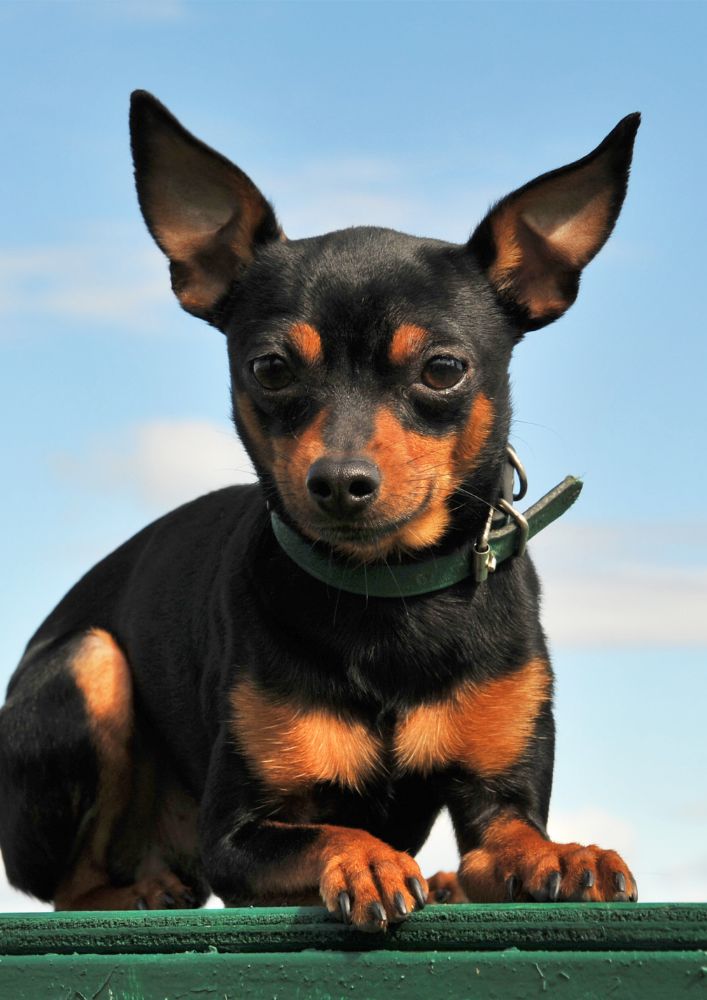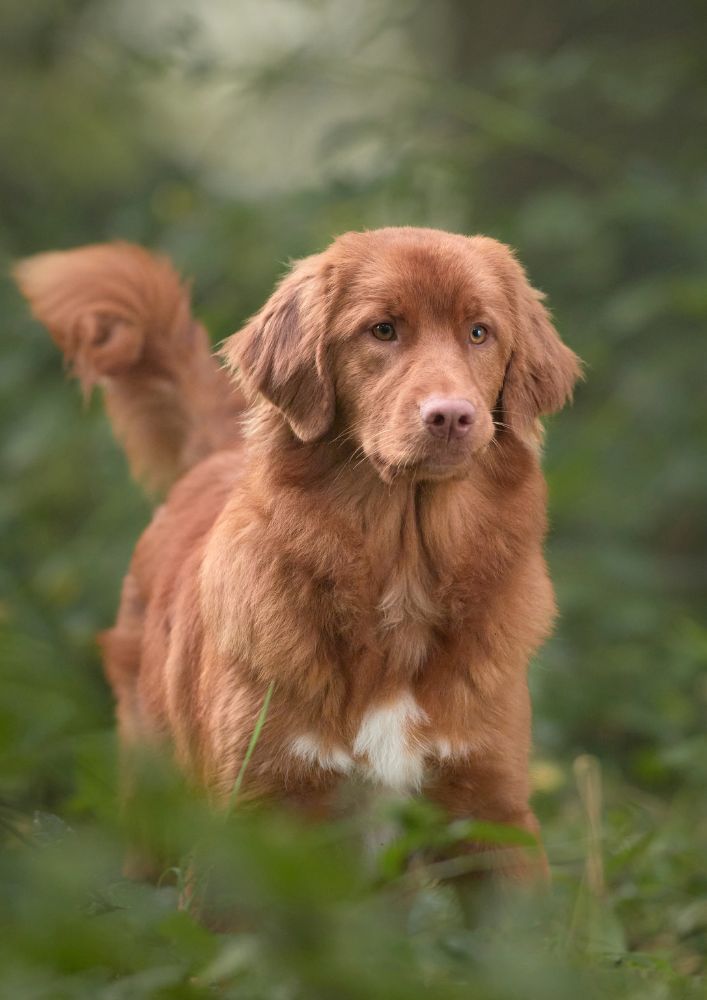Everything You Need to Know About the Great Pyrenees

The Great Pyrenees, also known as the Pyrenean Mountain Dog, is a majestic and noble breed cherished for its gentle temperament, loyalty, and impressive size. Originally bred to guard sheep in the Pyrenees Mountains between France and Spain, these dogs are known for their courage and protective instincts, making them excellent guardians and beloved family companions.
A Brief History
The history of the Great Pyrenees dates back to ancient times when they were used by shepherds to protect livestock from predators in the mountainous regions of Europe. They were prized for their intelligence, strength, and ability to work independently in harsh conditions. Over time, they became favored by French nobility and gained popularity as companions and guardians.
Appearance and Size
Great Pyrenees are large and imposing dogs with a strong build and a distinctive double coat. They have a dense, weather-resistant outer coat and a soft, dense undercoat that provides insulation. Their coat is predominantly white with markings of gray, tan, or reddish-brown. They typically weigh between 85 to 115 pounds (38 to 52 kg) and stand 25 to 32 inches (63 to 81 cm) tall at the shoulder.
Temperament and Behavior
Great Pyrenees are known for their calm and gentle demeanor. They are affectionate with their families and are particularly gentle and patient with children. As natural guardians, they are wary of strangers and have a protective instinct that makes them excellent watchdogs. Their independent nature means they may be aloof with unfamiliar people or animals, but they are devoted and loyal to their families.
Exercise and Living Needs
Despite their size, Great Pyrenees have moderate exercise needs. Daily walks and playtime in a secure yard are sufficient to keep them healthy and mentally stimulated. They enjoy having a job to do, whether it’s watching over the family or participating in activities such as obedience training or cart-pulling. They can adapt to various living situations but thrive best in homes with ample space and a secure outdoor area.
Grooming Requirements
Great Pyrenees have a thick double coat that requires regular grooming to prevent matting and manage shedding. Weekly brushing helps to remove loose hair and dirt, especially during shedding seasons. They shed heavily twice a year, known as “blowing coat,” and during this time, more frequent brushing is necessary. Regular care of ears, teeth, and nails is also important for their overall health.
Health Considerations
Great Pyrenees are generally healthy dogs with a lifespan of 10 to 12 years. They are prone to certain health issues such as hip dysplasia, bloat (gastric torsion), and patellar luxation. Regular veterinary check-ups, a balanced diet, and maintaining a healthy weight are essential for their well-being. Responsible breeding practices help minimize inherited health conditions.
Training and Socialization
Great Pyrenees are intelligent but can be independent thinkers, so early and consistent training is important. Positive reinforcement methods work best with this breed, as they respond well to praise and rewards. Early socialization helps them develop good manners and confidence when encountering new people and situations. Patient and firm leadership is key to successful training.
Great Pyrenees in Popular Culture
Great Pyrenees have made appearances in art and literature throughout history, often depicted as symbols of nobility and loyalty. Today, they continue to be admired for their beauty and devotion, whether serving as working dogs, therapy animals, or beloved family pets.
Conclusion
The Great Pyrenees is a magnificent breed known for its majestic appearance, gentle nature, and unwavering loyalty. Whether guarding livestock in the mountains or lounging at home with their families, Great Pyrenees bring a sense of grace and security wherever they go. Consider welcoming a Great Pyrenees into your life and experience the joy of having a devoted companion.
Interested in adopting a Great Pyrenees? Check local shelters or Great Pyrenees-specific rescue organizations to find your new furry friend.
Gallery



Quick Facts
- Size: Large
- Lifespan: 10-12 years
- Group: Working






